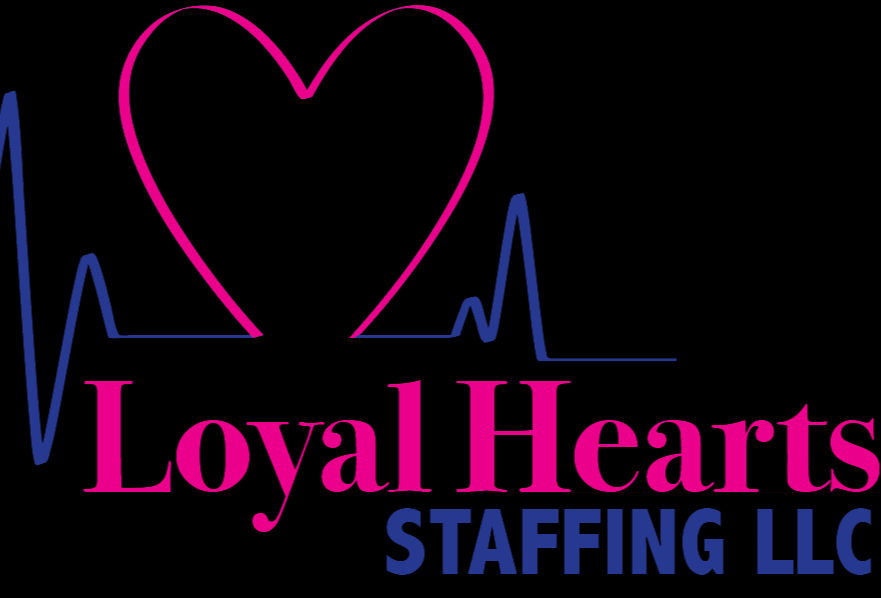General rules for wound care
- April Swanson

- Dec 1, 2022
- 2 min read
Set of activities applied by the nurse for the stimulation of wound healing.
Objective:
– Prevention of wound complications: hemorrhage, infection, dehiscence and eventration. – Assess the patient’s pain before and after wound healing. – Limit pain and discomfort to a minimum during wound dressings.
Equipment:
– Dressing trolley or trough. – Sterile drapes. – Dressing equipment: dissecting forceps with teeth, without teeth, sterile scissors, mosquito forceps, scalpel handle, kocher forceps and needle holders.
Material:
– Sterile gloves. – Non-sterile gloves. – Sterile gauze. – Soaker. – Alcoholic hand disinfectant. – Antiseptic solution. – Physiological saline solution. – Oxygenated water. – Sterile dressings. – Bag for waste. – Creams, ointments, gels, etc. – Nursing records.
Procedure:
– Perform hand washing. – Prepare the material. – Preserve the patient’s privacy. – Inform the patient of the procedure. – Ask the patient and family to cooperate. – Create a therapeutic environment of tranquility before the treatments. – Assess the pain felt by the patient during the treatment. Know what causes pain.
– Assess the condition of the perilesional skin (FEDPALLA SCALE). – Assess the need for prescribed analgesia before starting the wound dressing. – Place the patient in a suitable position to have access to the area to be treated. – Put on non-sterile gloves. – Place the dressing under the wound area. – Remove the dressing, avoiding pain when doing so: remove in the direction of the hair, previously wetting it with saline solution if it is very adherent. – Remove gloves. – Alcoholic disinfection of the hands. – Prepare sterile field and place on it all the necessary material for the cure. – Put on sterile gloves. – Clean the wound with physiological saline by dragging it with a jet of saline, from the center of the wound to the ends. – Dry with sterile gauze by soaking and not by friction. – Apply antiseptic, as appropriate. Take into account the temperature of the product before applying it. – Massage the area around the wound to stimulate circulation. – Apply appropriate dressing and fix it, avoiding too much pressure. – Collect the material. – Leave the patient in a suitable position. – Remove gloves. – Wash hands. – Record in the nursing documentation: procedure, wound characteristics, wound assessment, date and time and patient response.
Observations:
– Maximum asepsis. – If there are 2 or more wounds, start the treatment with the cleanest wound. – Follow the manufacturer’s instructions when using a dressing or antiseptic. – Avoid prolonged exposure of the wound and unnecessary manipulation. – Regularly compare any changes in the wound. – If ointments are applied discard the first portion of the ointment.








Comments